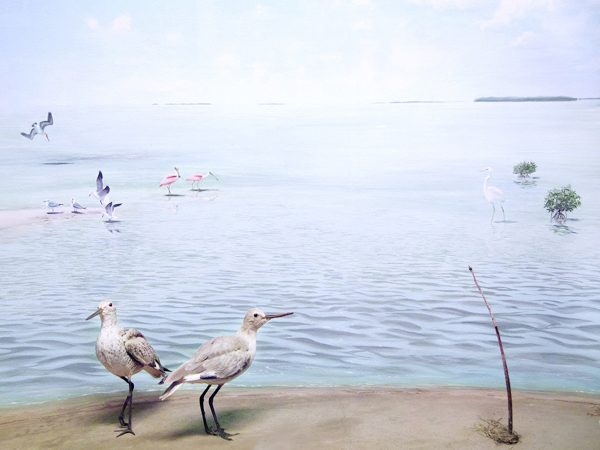
Emily Myerscough: Reflections from the Swamp
By Emily Myerscough, AIRIE resident
The most enduring characteristic of the Everglades seems to be their resistance to being characterized, a theme that came up again and again during the course of my December AIRIE residency, photographing and conducting research in Everglades National Park. As a native Floridian, I’d driven through the Everglades many times and had studied their ecology in school, however, I was consistently surprised at how little I knew of what they really look like.
Florida Bay (I);Everglades National Park, 2014
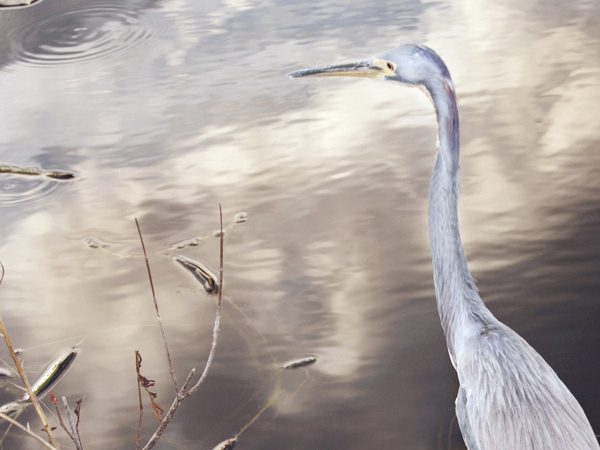
Florida Bay (II);Everglades National Park, 2014
In The Swamp, Michael Grunwald describes the landscape as having “the panoramic sweep of the desert, except flooded, or a tundra, except melted, or a wheat field, except wild.” The Everglades seem to always be described with metaphors. As I heard numerous times, their story began with the gigantic saucer of Lake Okeechobee, a body of water half the size of Rhode Island with an average depth of nine feet, which once spilled over, uninhibited, into the river of grass (although as rangers often point out, these wetlands are not a river and their sawgrass is not a grass). Now the Everglades are said to be on life support – living, but dependent on highly-controlled and contingent water flows outside the Park’s jurisdiction.
A sense of anticipation seemed to hang over each of the places I visited during the first half of my residency. I met with a Professor from the University of Miami who had initiated a survey of Everglades bee populations to collect preliminary data before the imminent arrival of the so-called Africanized bees, for whom the Park seemed an ideal habitat – but the killer bees never showed up. I toured the HM69 Nike Missile Site, where an original 41-foot missile still sits among the bunkers that were built inside the Park’s borders in the early 1960s – a gigantic monument to the endless days soldiers spent fighting off mosquitos and waiting for the imminent assault from Cuba that never came. I spent hours at the Pa-hay-okee Overlook, shooting time-lapses of the shifting clouds over the sawgrass – the only part of the landscape that seemed to move. And I explored the newly completed mile-long bridge on the east end of Tamiami Trail, the massive beginning of a much-needed project to increase water flow to the southern glades; but as of yet, it’s a bridge over nothing – and the ground below will remain dry until funding is secured for restoration efforts further north.
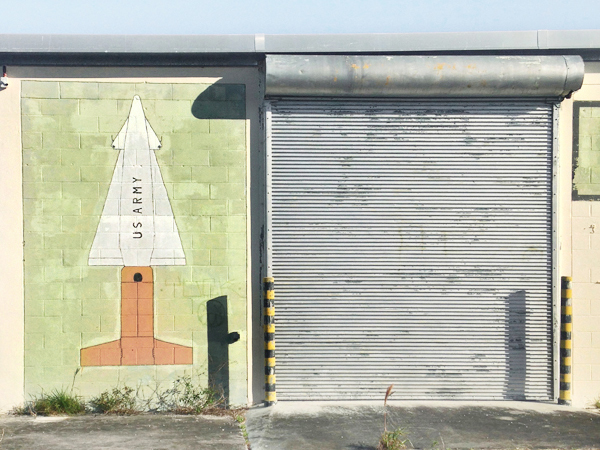
H69 Nike Missile Base; Everglades National Park, 2014
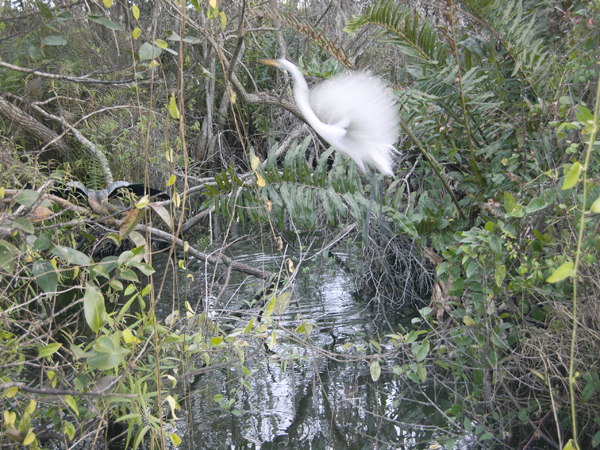
Shark Valley Trail, Everglades National Park, 2014

Concho Billie Trail, Big Cypress Preserve; Everglades National Park 2014
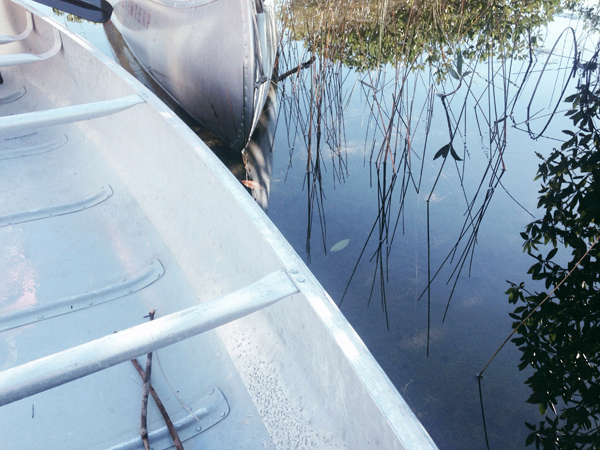
Nine Mile Pond, Everglades National Park
As I slogged through cypress domes and canoed through mangrove trails in the second half of my residency, this sense of anticipation and passivity faded away. The remainder of my stay led me out to Everglades City and Chokoloskee and up to Lake Okeechobee and the Kissimmee Valley, talking with rangers and local residents, and searching the Archives to gain a fuller sense of place. What became clear is that the Everglades have a nuanced and complex environmental history, and a restoration plan that can’t be described in black and white terms, or reduced to the palatable narrative of returning the land to its natural state. The end result of my work will be a multimedia project drawing on the visual metaphors of Everglades ecology and highlighting the ambiguities that give it its enduring beauty and intrigue
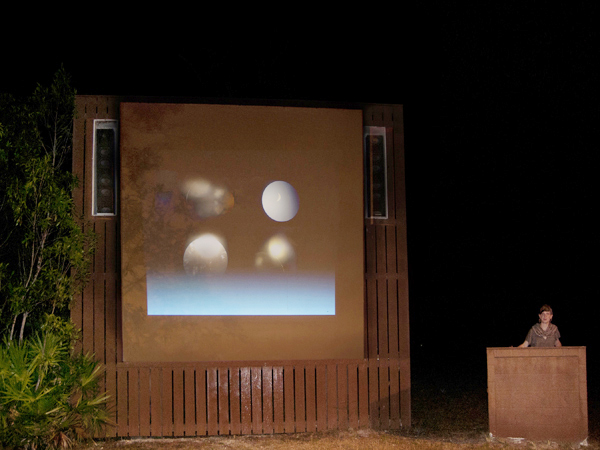
Artist Talk on Long Pine Key 12/22/14, Everglades National Park;
Recent Content
-
Artsarticle ·
-
Artsarticle ·
-
Artsarticle ·
